Train switching is an important part of railway operations. It involves the maneuvering of trains to connect them with the right track and to move them between different tracks.
In industrial railroads, switching techniques have become more sophisticated and efficient to accommodate larger and heavier trains.
Here are some of the essential industrial railway switching techniques to look into:
Important Industrial Railway Switching Techniques
Switching techniques in industrial railways involve the use of specialized equipment and techniques to ensure the safe and efficient transfer of trains from one track to another.
- The most common switching technique is a point-to-point switch, which helps quickly and safely move trains from one track to another. This type of switch helps in moving a train from one track to an adjacent one. Or to switch a train from one track to a different track. This technique is also for connecting two tracks, allowing a train to move from one track to another.
- Another common technique used in industrial railway switching is the use of a switch ladder. This type of switch is for a continuous connection between two tracks, allowing a train to move between tracks without having to stop and reverse direction. A switch ladder also allows a train to move between tracks without having to stop and start again.
- In addition to point-to-point and switch ladders, industrial railroads also use a variety of other switching techniques. These include the use of turntables, which are used to turn a train from one track to another, and the use of remote-controlled switches, which allow a train to switch tracks without having to stop and start.
The use of advanced industrial railway switching techniques can help to improve the efficiency and safety of railway operations.
By using the best possible switching techniques, industrial railroads can ensure that trains move quickly and safely between tracks, reducing the risk of accidents and delays.







